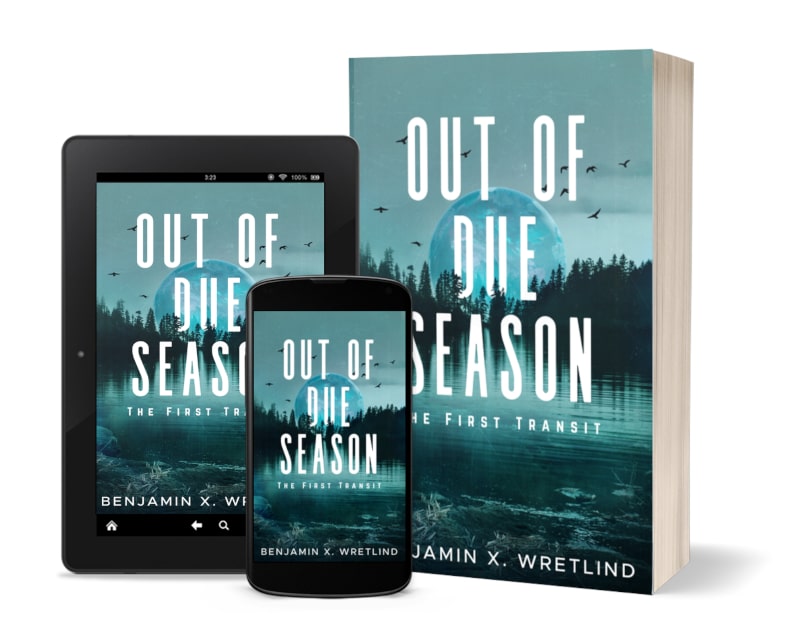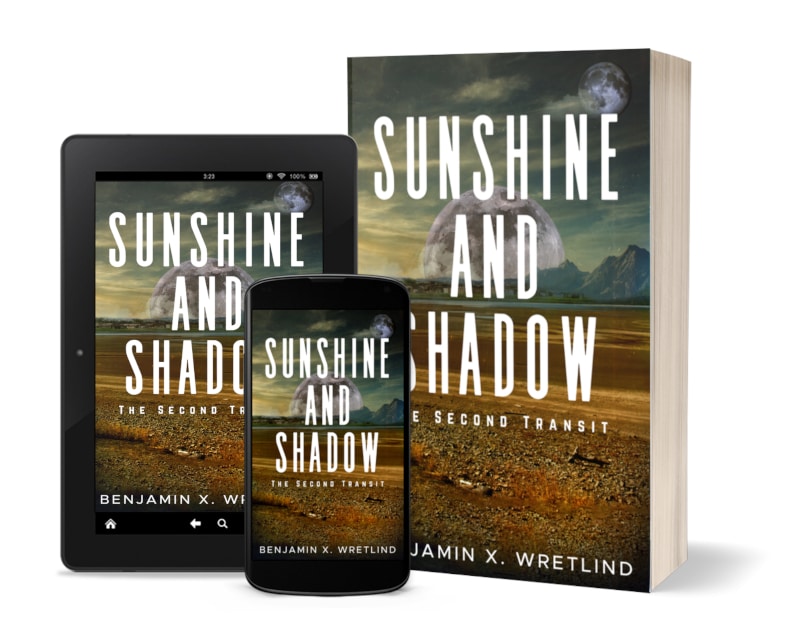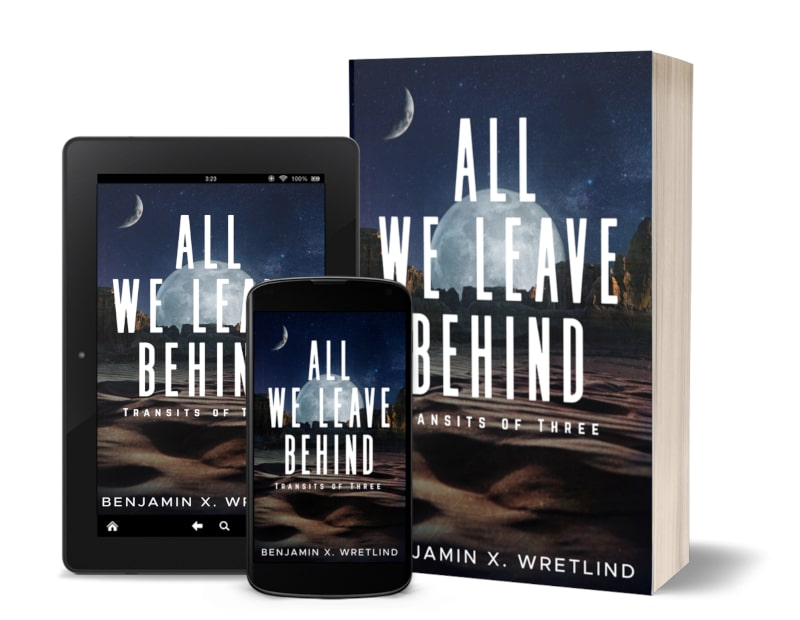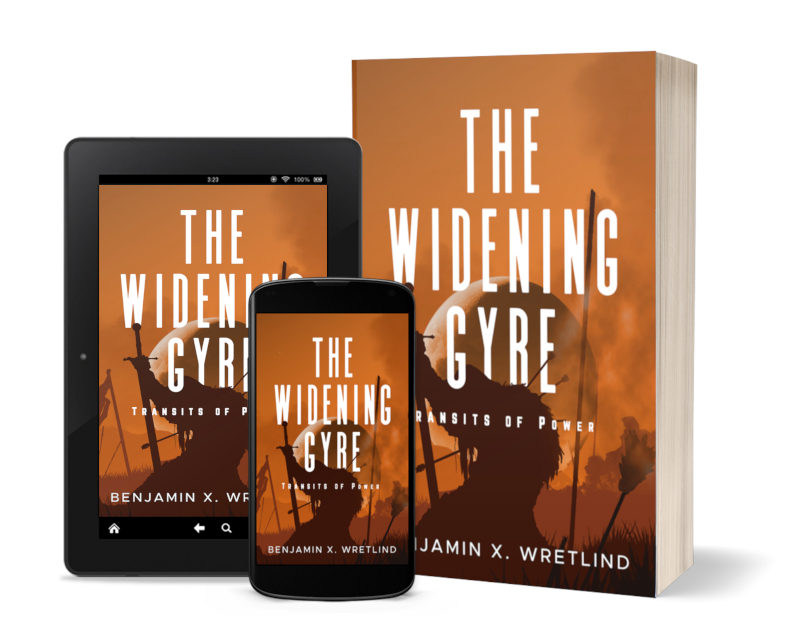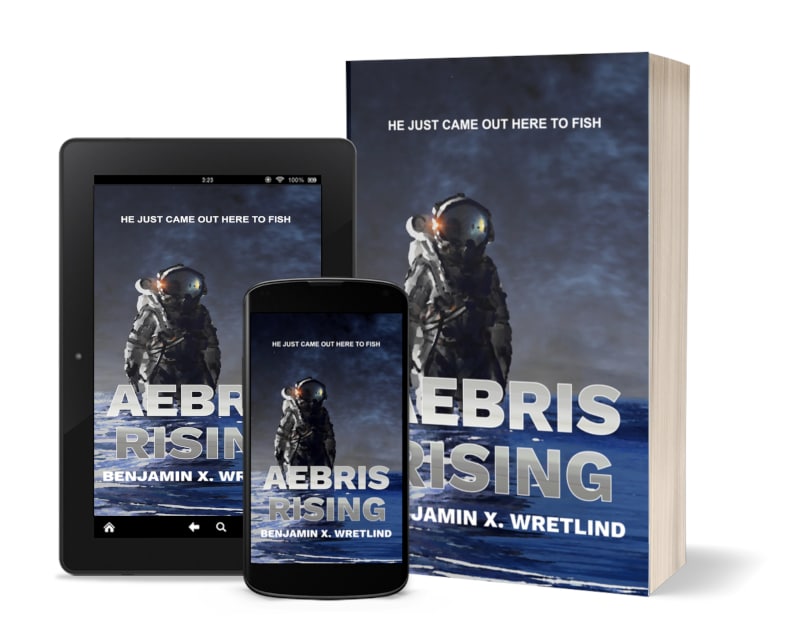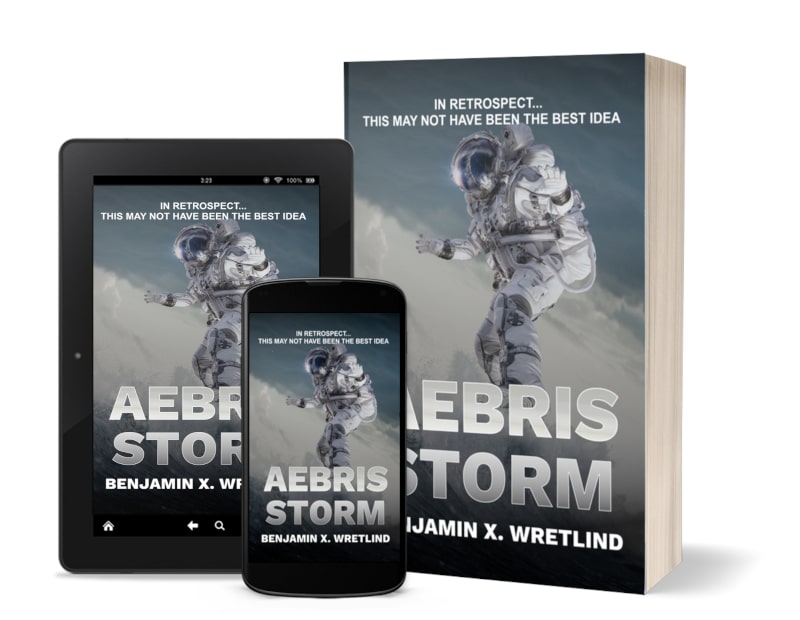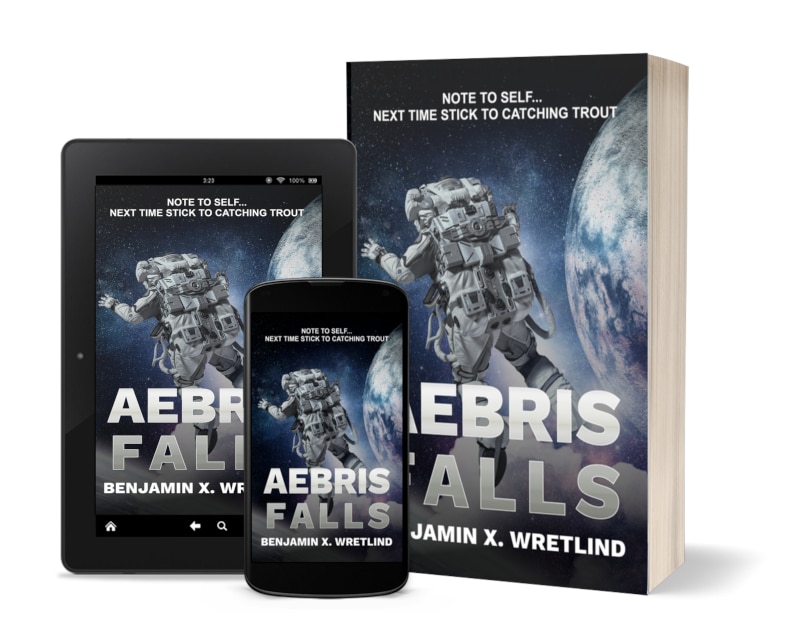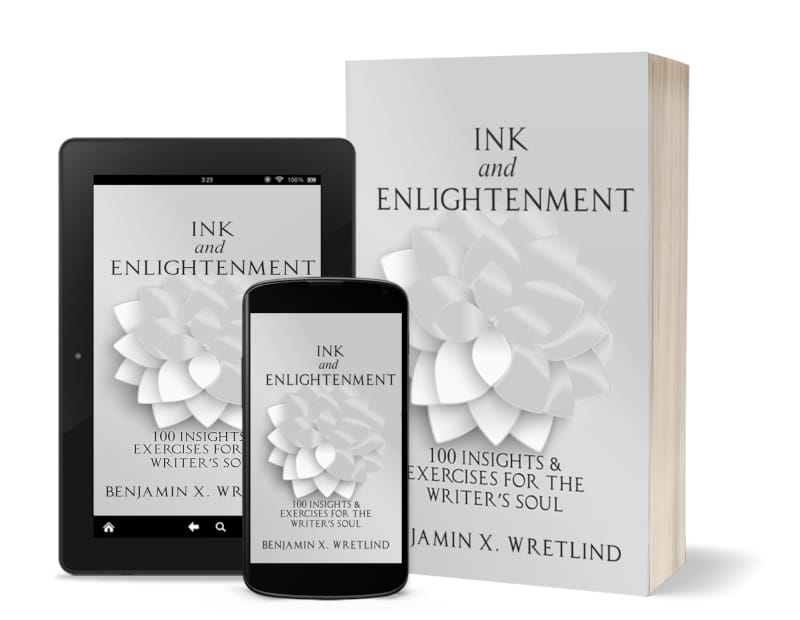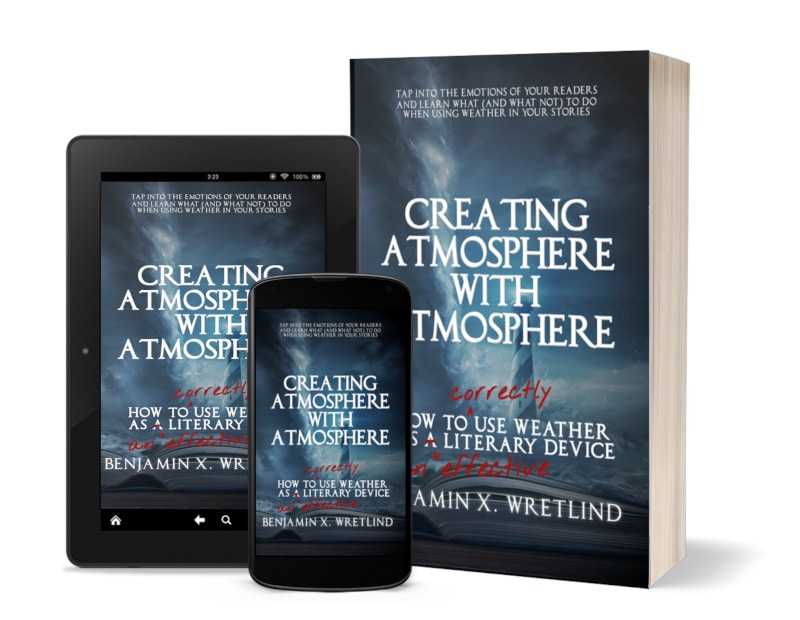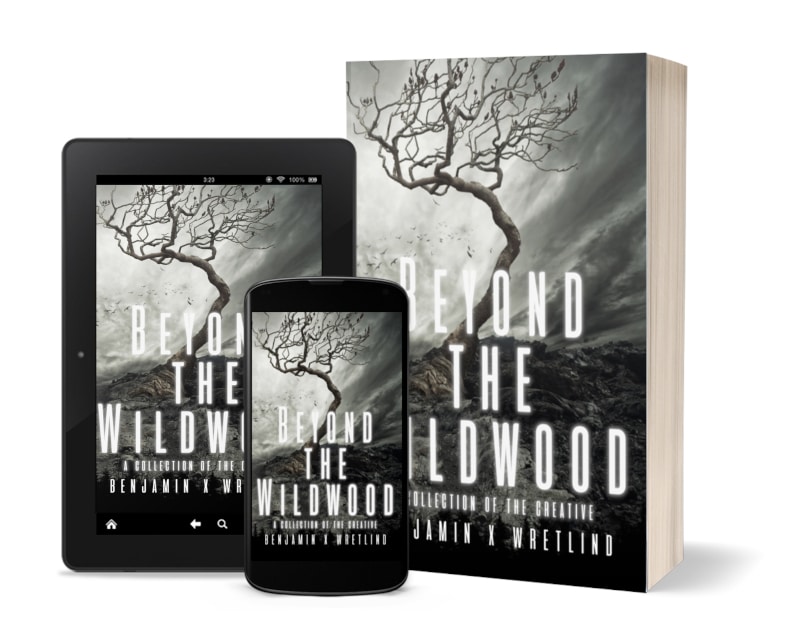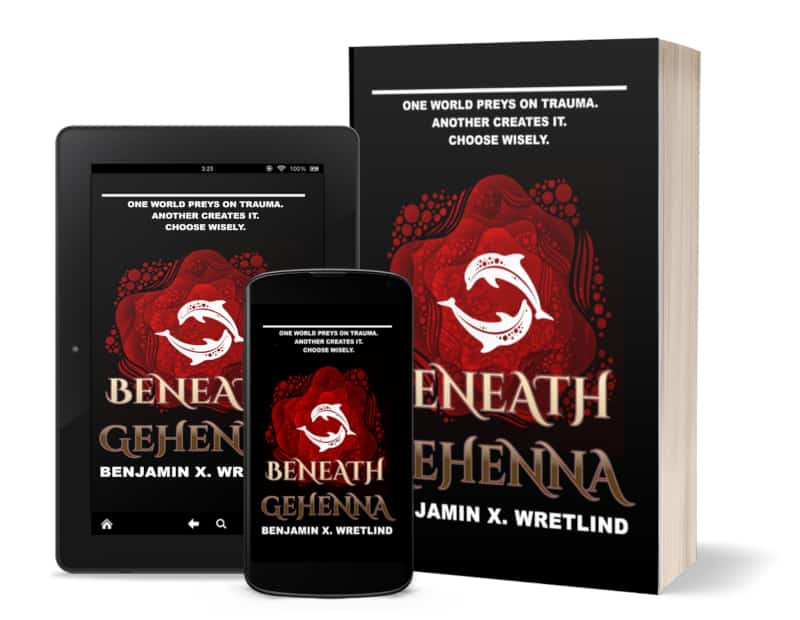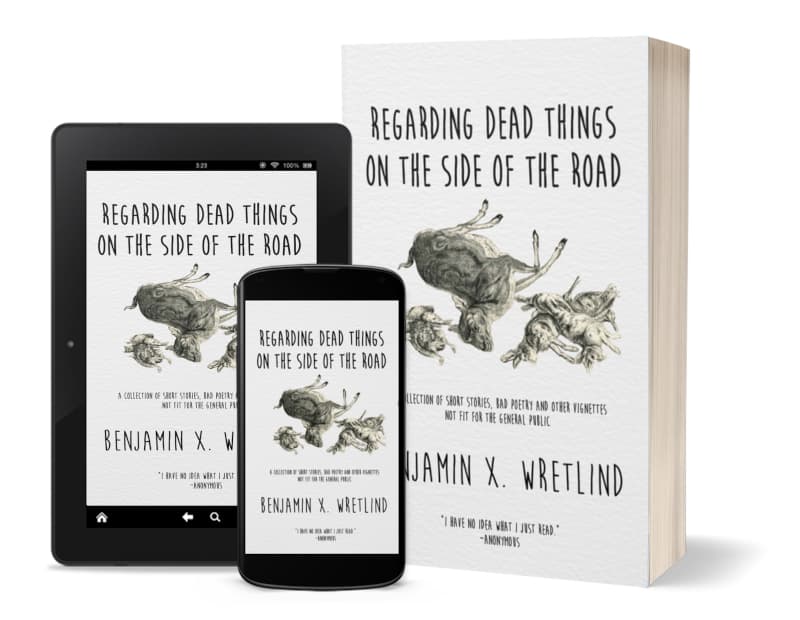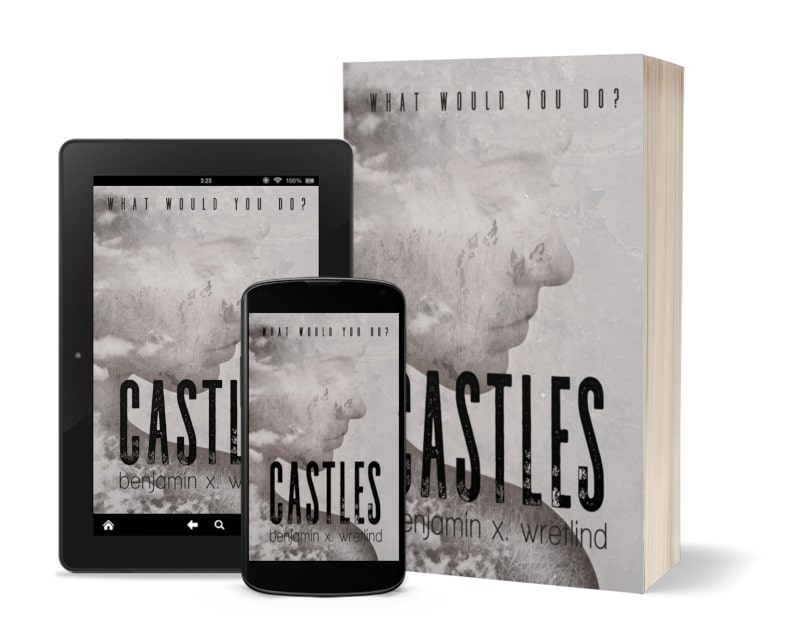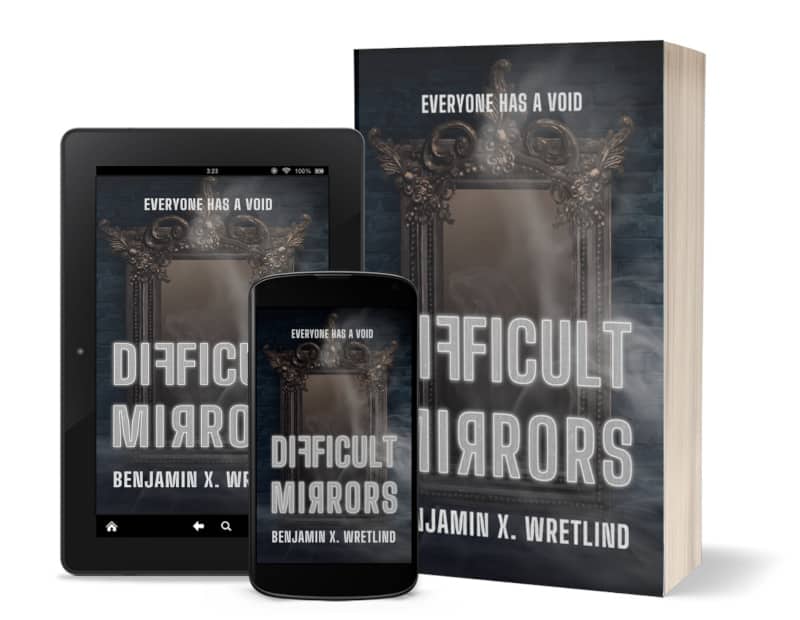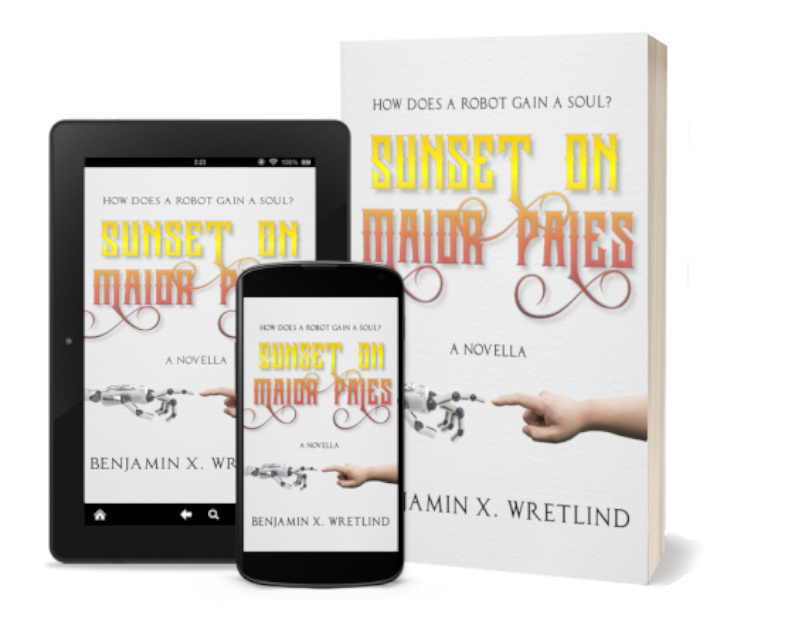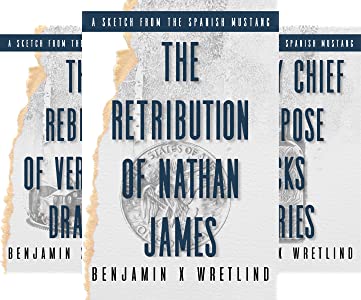What is Kindle Vella? PART 1

Let me admit up front: I do not have stock in Amazon (wish I did) nor am I the expert in all things related to Kindle Direct Publishing. What I am is an author trying–like others–to leave a mark on this world in a positive and uplifting way.
I decided to write this post because I recently took the plunge into the beta version of Kindle Vella to see what I might do with it and to understand the nooks and crannies before it becomes a full-blown global thing (right now, Kindle Vella is limited to the United States).
I’m also an instructional designer and Learning Development consultant, so this kind of fits in my wheelhouse.
Since diving head first into a pool of inch-deep water, I’ve been asked a number of questions about the platform, from other writers, other readers and even my therapist.
(Not sure about that last one, unless he intends to write up my story as a “How Not To” guide and sell it. If so, I want royalties.)
Let start with the basics.
What is Kindle Vella?
The following is from the Amazon Kindle Vella website:
Follow the stories you like to keep up with the latest from your favorite characters.
When you like an episode, give it a Thumbs Up to let the author and other readers know you liked it.
The first few episodes of every story are always free–after that, purchase Tokens and redeem them to unlock episodes. Tokens may only be used to unlock Kindle Vella story episodes in the Kindle for iOS app and on Amazon.com.
When you unlock episodes, you will receive one Fave a week that you can award to the story you’re enjoying most that week. We’ll feature Top Faved stories so other readers can find them too.
Hasn’t This Been Done Before?
This type of online serialization has been attempted before with some success. Wattpad and Radish have been doing this for a few years.
Offline, serialization has been around for a long time. Remember the joy you had when a new episode of The Pickwick Papers by Charles Dickens came out in 1836 through 1837? Or how about Alexander Dumas’ The Count of Monte Cristo which was serialized from 1844 to 1846?
No, I suppose we don’t remember it as it happened, but it did. And, in fact, many classic authors serialized the novels we read and studied in school.
Kindle Vella was launched in April 2021 with a handful of pre-loaded serialized titles. You access each story via episodes (which may or may not be chapters) that are released when the author feels ready or on a planned schedule. For example, the novel that I first serialized–Beneath Gehenna–saw its episodes released every Sunday and Thursday. Other authors release once a week or even once a month.
That’s a bit of control.
Does a Novel Need to Be Complete in Order to Publish on Kindle Vella?
No. In theory, you could set up your novel with a few episodes (chapters) that you’ve already written and then release everything else as you write.
Or you could do what I did: take a complete and edited novel that has never been published before, break it up into 500 to 5000 word chunks and set up a schedule.
Personally, I see benefits to both methods.
- If you release as you write, you can interact with fans. When the novel is finally complete, you can edit, make changes according to feedback and release a long-form novel on KDP (provided the last episode you released has been on the Kindle Vella platform for 30 days or more). Readers can get into your head in a way few other forms of interaction allow.
- If you wait to release your novel until it is complete, you can set it all up at once like I did and then schedule announcements as new episodes are released. I opted to announce new episode releases every two weeks (every 4 episodes) to avoid inundating my subscriber’s mailboxes with new posts every Sunday and Thursday.
- You can reach new demographics with Kindle Vella using either of the two posting methods (as-you-go or already-done). Some novels do not lend themselves to serialization, however, so to keep readers hooked, the best bet (from what I can tell) is to write cliffhangers into most (if not all) episodes.
- From Twitter User @ChristyKimmerly: “A quick addendum about cliffhanger endings—keep in mind there are different types. I think of the different scenes in a TV show episode as individual Vella episodes. At the end of the 4 or so scenes that make up an hour of TV there’s the BIG cliffhanger that makes you come back.”
- If you release as you write, you should have a dedicated schedule. Judging from feedback and statistics on Wattpad and Radish, readers become hooked and then come to expect a certain release schedule from authors they follow. So if you can write, edit and release an episode every week, do so. If you can do it every day, do that. If you wait too long between written episodes, you run the risk of losing followers.
How are Authors Paid?
Episodes are unlocked via tokens, of which Amazon gives 200 when you first sign up. The number of tokens used to unlock each episode is dependent on the episode’s length, which may be between 500 and 5000 words long.
Authors are then paid royalties on the number of tokens readers spend. They earn 50% of what readers spend to read their episodes along with a “launch bonus based on customer activity and engagement.” Not sure what this is, but I hope to find out.
Notice in that statement that I said “what readers spend to read their episodes.” Readers are able to buy tokens in bulk, at different prices depending on how many tokens they want.
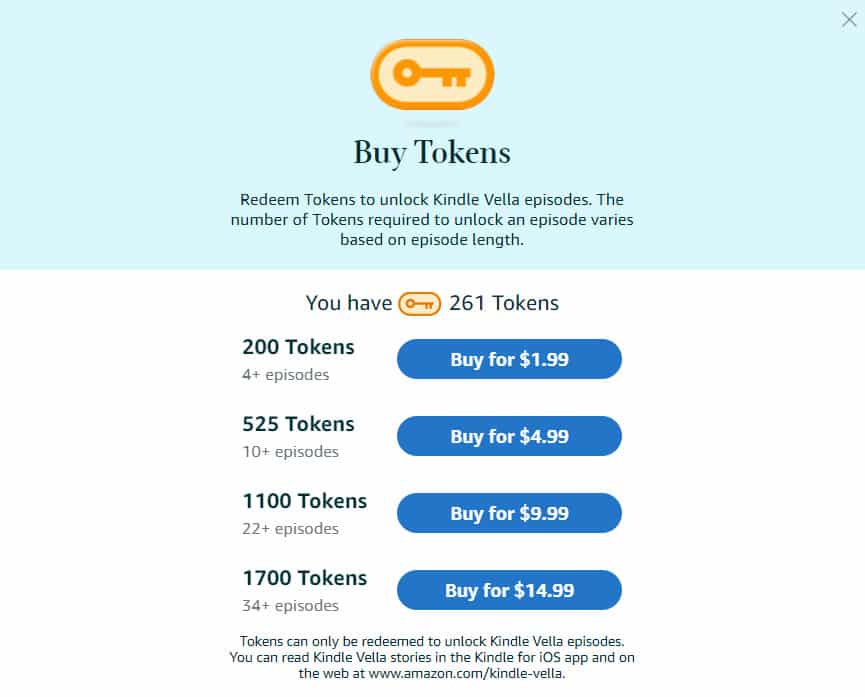
Earnings depend not only on how many tokens readers use to unlock episodes, but also the actual “purchase price” of those tokens. For example:
If a reader buys 200 tokens for $1.99, then spends 30 tokens to unlock your episode, you’ll earn 30*$1.99/200*50% = $0.15. If you have 20 episodes (of the same exact length) in your story, that would be a royalty payout of roughly $3.
Let’s say instead that reader buys 1700. In this case, the royalty payout would be around $2.65 (30*$14.99/1700*50% = $0.132) for the same 20-episode story.
Note that Apple takes a cut from the sale of tokens, so you might be better off directing readers to purchase directly from the Kindle Vella store. Not only do they get more value, you get larger royalty payments.
To grab readers, the first few episodes of any Kindle Vella serialized novel are free. There are a few more issues with royalty payments–such as Amazon token giveaways and percentages skimmed off by Apple–but the overall formula is the same: # of tokens spent on an episode*($ of token bundle/# of tokens in that bundle)*50%.
For Beneath Gehenna, the breakdown looked like this (using the $1.99 and $14.99 bundles only):
| Episode | Tokens in Episode | $1.99 bundle | $14.99 bundle |
| 1 | 0 | $ – | $ – |
| 2 | 0 | $ – | $ – |
| 3 | 0 | $ – | $ – |
| 4 | 33 | $ 0.164 | $ 0.145 |
| 5 | 31 | $ 0.154 | $ 0.137 |
| 6 | 15 | $ 0.075 | $ 0.066 |
| 7 | 31 | $ 0.154 | $ 0.137 |
| 8 | 17 | $ 0.085 | $ 0.075 |
| 9 | 12 | $ 0.060 | $ 0.053 |
| 10 | 27 | $ 0.134 | $ 0.119 |
| 11 | 33 | $ 0.164 | $ 0.145 |
| 12 | 20 | $ 0.100 | $ 0.088 |
| 13 | 40 | $ 0.199 | $ 0.176 |
| 14 | 30 | $ 0.149 | $ 0.132 |
| 15 | 15 | $ 0.075 | $ 0.066 |
| 16 | 37 | $ 0.184 | $ 0.163 |
| 17 | 27 | $ 0.134 | $ 0.119 |
| 18 | 45 | $ 0.224 | $ 0.198 |
| 19 | 21 | $ 0.104 | $ 0.093 |
| 20 | 39 | $ 0.194 | $ 0.172 |
| 21 | 32 | $ 0.159 | $ 0.141 |
| 22 | 21 | $ 0.104 | $ 0.093 |
| 23 | 15 | $ 0.075 | $ 0.066 |
| 24 | 18 | $ 0.090 | $ 0.079 |
| 25 | 21 | $ 0.104 | $ 0.093 |
| 26 | 15 | $ 0.075 | $ 0.066 |
| 27 | 18 | $ 0.090 | $ 0.079 |
| 28 | 31 | $ 0.154 | $ 0.137 |
| 29 | 29 | $ 0.144 | $ 0.128 |
| 30 | 15 | $ 0.075 | $ 0.066 |
| 31 | 22 | $ 0.109 | $ 0.097 |
| 32 | 38 | $ 0.189 | $ 0.168 |
| 33 | 20 | $ 0.100 | $ 0.088 |
| 34 | 31 | $ 0.154 | $ 0.137 |
| 35 | 16 | $ 0.080 | $ 0.071 |
| 36 | 10 | $ 0.050 | $ 0.044 |
| 37 | 21 | $ 0.104 | $ 0.093 |
| 846 | $ 4.21 | $ 3.73 |
As you can see, authors make more if readers buy the $1.99 bundle, so how you market it matters.
Also consider the comparison. If I were to then package this novel as an e-book (after the 30-day time limit mentioned above) and set the price point at $4.99, my royalty at 70% (for a KDP book) is $3.49. To make the same $4.21 royalty you see in the chart above, my price point would need to be $6.01 for the novel.
What Else?
There a lot more about Kindle Vella that I want to share.
In Part 2 and 3 of this Series, I’ll cover the following:
- What is the Reader Experience?
- Are There Rules to What an Author Can Publish?
- How Easy Can a Story Be Published?
- What’s Up with the Covers?
- What is the Connection to an Author’s Other Work?
- What Marketing Opportunities Exist?



